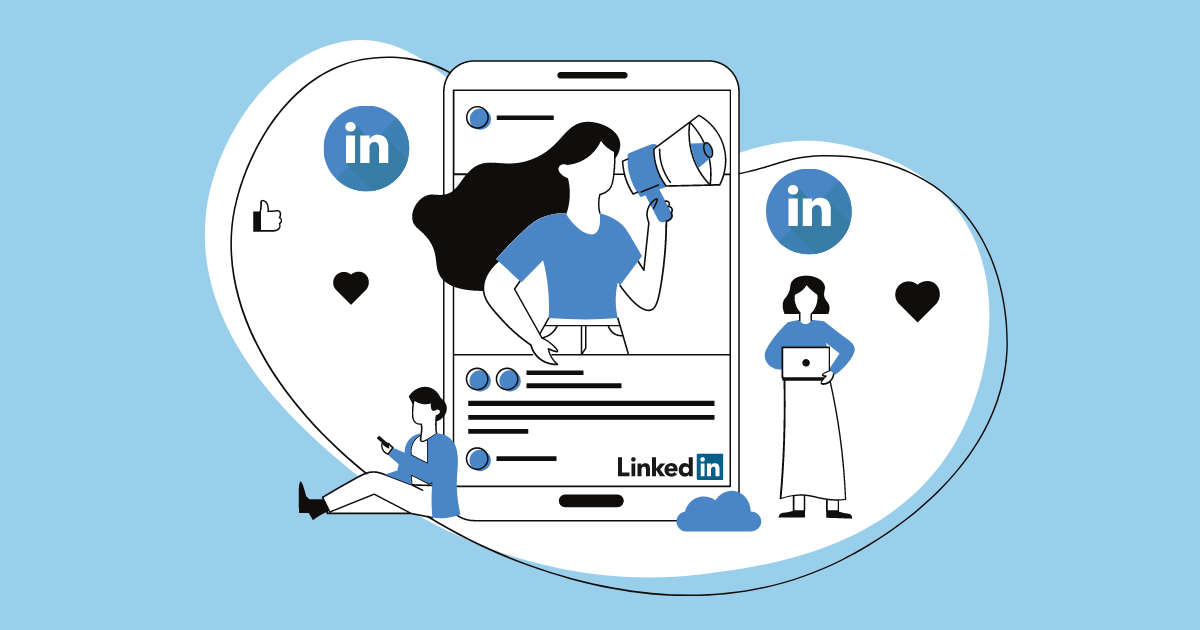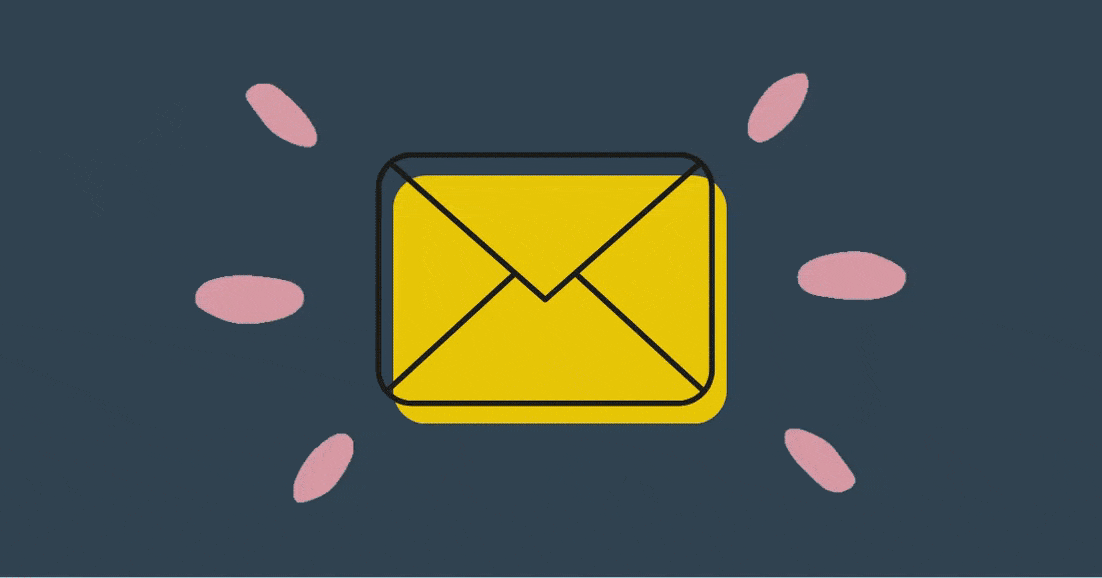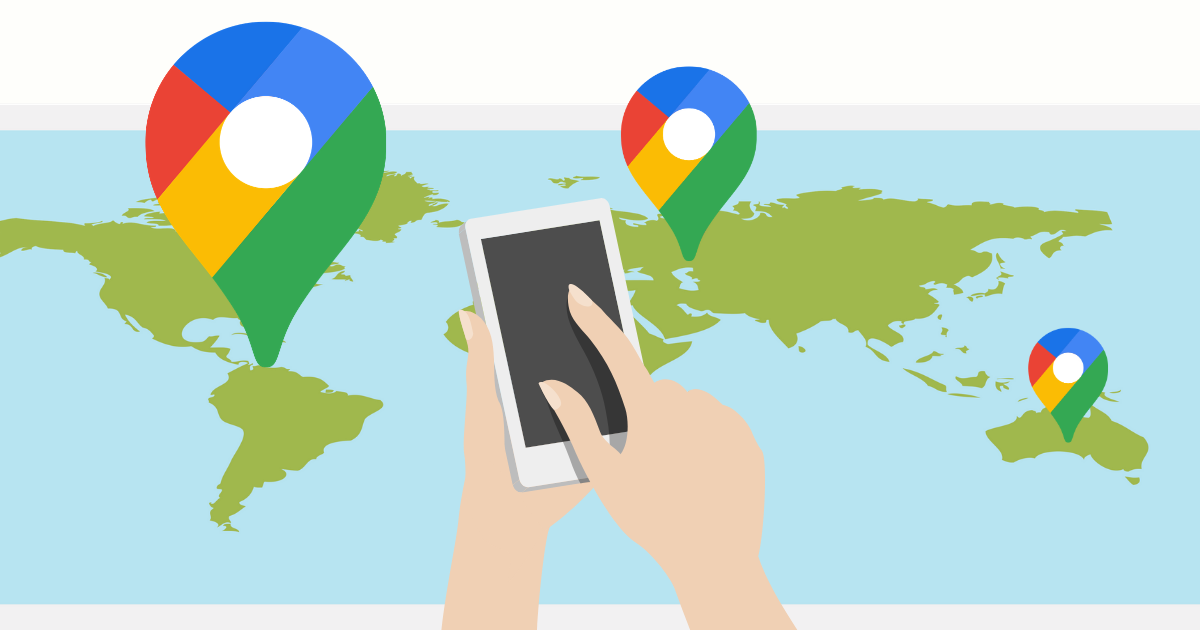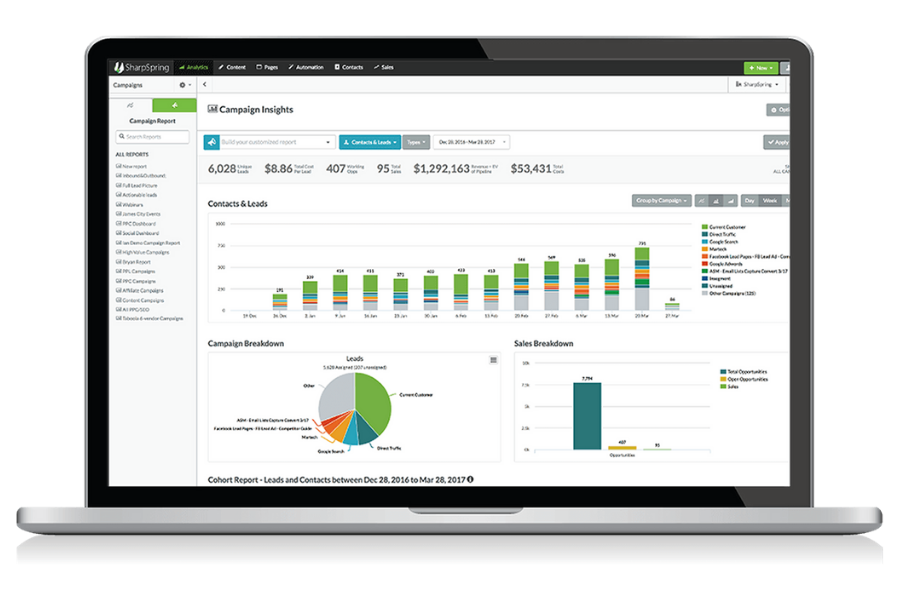LinkedIn is a unique social media platform that was built for students, professionals, and businesses of all industries and sizes. From a user’s perspective, it is a space to grow their network, gather or provide information, and expand their career. For businesses, LinkedIn is a platform to connect with customers, nurture leads, and provide industry knowledge. It maintains an increased level of professionalism compared to other social media platforms, therefore encouraging more business-emphasized topics and conversations. LinkedIn is especially influential for B2B marketing because of the abundance of business owners who interact with one another on LinkedIn.
Yet even though LinkedIn has a business-centric demeanor, it is still a social media platform, meaning it relies on users and businesses posting, sharing, and engaging with content. That means if a business uses LinkedIn as a marketing and sales tool, it is not the place to publish solely sales-oriented posts and content. LinkedIn is a place of valuable and helpful communication, and sales talk doesn’t always cut it.
A user’s LinkedIn news feed should not be filled with posts on why your business’ service or product is the best, but instead filled with content that is relatable to the user to nurture that personal connection. This can be accomplished through various strategies which we will cover later in the article. But first, to understand how to create your business LinkedIn strategy, you need to understand LinkedIn’s algorithm and how it can be used for business marketing.
What is the LinkedIn algorithm?
In the past, LinkedIn’s news feed would be filled with posts from mega-users whose popularity on the platform was labeled as viral content. This left regular users and businesses with very little engagement; a trend that discouraged users and businesses from posting. The new algorithm introduced a few years ago took a stance to level the playing field by prioritizing relatable content.
Linkedin’s mission statement explains it well:
“The mission of LinkedIn is simple: connect the world’s professionals to make them more productive and successful.”
LinkedIn’s goal is to connect those on LinkedIn, and to do so, their algorithm focuses on prioritizing and showing content that the user is interested in and therefore will engage with. Ultimately, LinkedIn’s algorithm is bridging the gap between users using commonalities and interests.
To accomplish this mission, there are 4 main factors to the LinkedIn ranking algorithm:
- Emphasis on personal connections
- Directed by interests
- Concentrated on engagement probability
- Recognition of quality and credibility
1. Emphasis on personal connections

Personal connections are determined by who within your network or liked pages you have interacted with based on comments, shares, or reactions. If a user commonly shares another user’s posts or comments on a business’ updates, those connections will be ranked higher on the user’s LinkedIn news feed. This factor also takes into consideration the information on the user’s LinkedIn profile, such as those who work at the same company or in the same field.
2. Directed by interests

The Linkedin algorithm prioritizes content that relates to the user’s interests which are determined by the people, pages, or hashtags they follow, the groups they are in, or the content they have previously engaged with. By analyzing this information and patterns, the Linkedin algorithm can determine which type of content aligns with the interests of the user.
3. Concentrated on engagement probability

Since the new algorithm focuses on interactions, it gauges previous actions and behaviors a user takes to monitor what content the user typically interacts with (likes, shares, etc.). The LinkedIn algorithm breaks it down into two measurements:
- 3A. How likely people are to share, comment, or react to content based on its type and how frequently you were interested in similar content in the past.
- 3B. How quickly a post has gained attraction once it is posted. When a post is quickly commented on or shared, the algorithm views it as creating conversations, therefore ranking it higher.
4. Recognition of quality and credibility

Initially, the LinkedIn algorithm will scan content to determine its quality and credibility.
LinkedIn wants to build trusted connections, meaning spreading useful and informative content. The quality standard can be marked as poor quality or spam-like content that doesn’t provide any value to the user as compared to posts with thoughtful content that will provide value to other users. Credibility is determined by the account’s history and if their content regularly gathers interaction or engagement.
Each of these factors contributes to LinkedIn’s goal to deliver content to users that will build connections and grow networks. In order to maximize your LinkedIn strategy for business, understanding these LinkedIn algorithm factors will show you how to create and publish content that abides by LinkedIn’s preferences. See below for how to market on LinkedIn.
How to up your LinkedIn marketing strategy
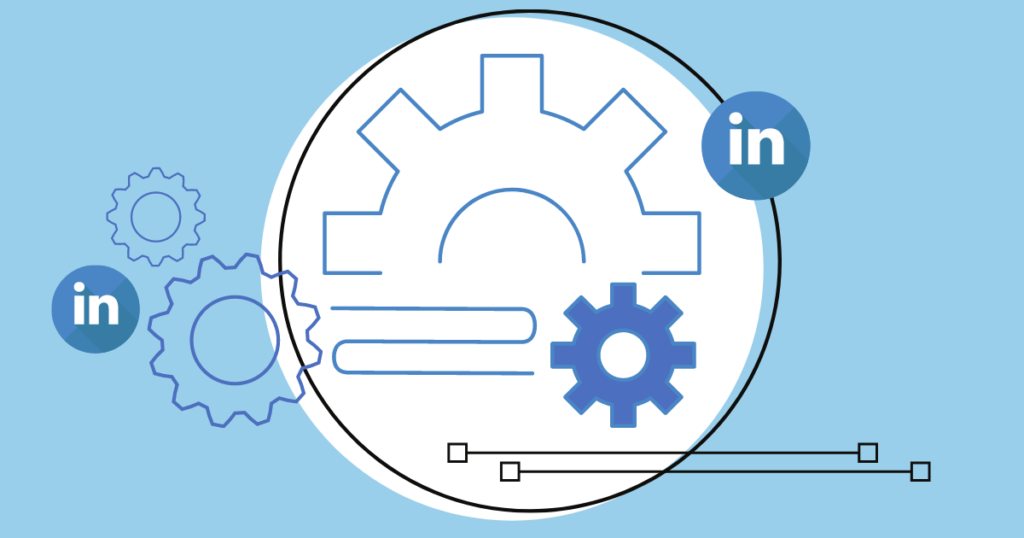
1. Update and complete your business page
Your LinkedIn business page acts as a landing page for your business by providing information and details about your company. A visitor can learn what your business offers, who works there, job opportunities, and more. When a company’s LinkedIn account is complete, it makes your brand appear trustworthy and prominent; in fact, a page that is filled out with its complete business information will receive 30% more views.
The following steps walk through how to make and optimize your LinkedIn business page.
- Complete your personal profile
- The first step is to fill out your personal page, especially if you are the business owner or salesperson, because it provides more authenticity and dependability to the business when the personal accounts associated with it are well managed.
- Create your business page
- LinkedIn allows businesses to create a business page that can be managed by multiple LinkedIn users. To start, add your business name and the custom URL, which should easily be associated with your business.
- Add the company description
- The description should include what your company does and describe why the visitor should care – What is your selling point? But remember to phrase it in a way that is authentic.
- Add company details
- Add information regarding your business’ location, industry, contact information, size, etc.
- Publish the page
- After reviewing the page’s information and details, click publish! (Note: Before moving on, select the option to “View as a Member” to show how visitors will see your page in order to review and correct accordingly.)
- Add page administrators
- As mentioned, you can add people as page admins to help edit and manage the page. (Note: To add members, you must first be a connection to the user.)
- Optimize for search
- A LinkedIn business page can rank on search results pages, further emphasizing the need for a complete profile. To optimize your LinkedIn page, insert keywords in the business information, increase links by linking to other marketing material (website, blog, etc.), and have employees add your company to their work experience.
2. Stay relevant
There are multiple aspects to staying relevant. One is posting in a frequent and consistent manner. While posting should not be as frequent as Instagram or Twitter, you should still remain consistent in providing content for users to engage with. The second is knowing who your audience is and what their interests are. In order to stay relevant to your targeted audience, you must know what they consider to be relevant. This coordinates with the third point which is to post content that is trending, especially among your audience. Adding content that is helpful to followers, such as changes in the industry or answering common questions, is a way to stay relevant both on LinkedIn and to the individual.
3. Stay personal
While LinkedIn marketing is extremely beneficial for lead generation, the approach still relies upon being personal and growing connections. Yes, the platform is beneficial for sales but it is still not the space for only sales-talk. Instead, the content should be approachable and friendly so your business is considered relatable, therefore encouraging visitors to follow, engage, or reach out. Being personal is more than just having a friendly voice but also providing users the opportunity to gain something from the relationship. By publishing content that will benefit the user, such as educational pieces or industry advice, it shows that your brand is genuine and wants a connection, not just your purchase.
4. Inspire conversation and discussion
As a platform dedicated to building a network of connections, the need for conversations is necessary. Posting content that encourages engagement, such as comments or shares, will increase performance.
A popular way to inspire conversations is by asking questions that the audience would be interested in and willing to answer. Certain questions or posts can position your company as a thought leader on the subject, thus increasing the probability that users will engage with the conversation because it is content that evokes thoughtful discussion.
Other ways to inspire engagement include tagging mentioned users or brands in the post. This opens your post to appear in front of the tagged users’ audience, therefore increasing your reach.
And of course, it is not a one-way street, if you expect users to interact with your business, then you must interact with them by commenting, reacting, or sharing their content.
5. Focus on your niche
As previously mentioned, it is important to focus on the interests of a very specific audience. When you understand and share content that relates to your targeted user, it will have more influence as compared to competing on a broad scale. Enhancing content for the specific engagement of an audience’s questions, concerns, and needs allows it to appeal to a very niche yet engaged audience.
A way to focus on a niche is to narrow the scope of your hashtags. While it can be easy to include common hashtags like #marketing or #technology, by researching and clarifying the hashtag, it has more focus and meaning. For example, instead of #marketing, you might use #b2bcontentmarketing or for #technology you could use #designtechnology. These refined hashtags clearly define the objective of the post and will reach those interested in the topic and increase the potential for engagement. Other ways to narrow hashtags is to create a branded hashtag, use a location-based hashtag, or an event hashtag. Overall, the number of hashtags should be limited to about 1-3 per post to still have a professional and clean demeanor.
6. Build your network
A larger network means more reach and engagement, as long as the network is composed of relatable users. A few ways to build your network of followers is through:
- Promotion
- You can organically promote your LinkedIn page by including links to the account on marketing materials, such as newsletters or on the business’ website, or on other client or customer-facing material, such as sell sheets or email signatures.
- Employees
- Your team can be your most dedicated group of followers on LinkedIn and can use their personal networks to increase your business’ reach. By asking team members to share or engage with the business page, it will put your content in front of a larger audience.
7. Post at the right time
While the LinkedIn news feed is not chronologically ordered, timing still influences how quickly a post gains engagement. Since the ranking algorithm prioritizes content that quickly sparks interaction, posting at times that your audience is online will increase speedy engagement.
8. Analyze and improve
In order to implement these steps, it requires research, analysis, and measurement. You must research your audience, analyze your competitors, measure your progress, and much more. These steps are what makes a LinkedIn strategy for business successful, otherwise using LinkedIn for marketing will not reach the potential it is capable of. Monitoring and analyzing LinkedIn Analytics is an ongoing task to track changes or improve strategies to maximize your efforts.
Conclusion
LinkedIn is a unique social platform because it is designed for the business world. But while it encourages discussion around business, it is not a platform to solely promote your products or services with the expectation of receiving leads and conversions. Instead, it creates a space where you can demonstrate your industry leadership, provide helpful resources, and open useful conversations for your audience.
A LinkedIn business page gives you the opportunity to join in on the conversation alongside your targeted audience, but you must be willing to provide relatable content and authentic discussions in order to effectively engage your audience.
LinkedIn is a powerful marketing tool but also one that requires attention and dedication. Evolve Systems’ team understands the algorithms and preferences of LinkedIn discussed above (and much more!) that can help create and implement a social media strategy for your business. Get in touch with our team and we can discuss how LinkedIn can help your business.
